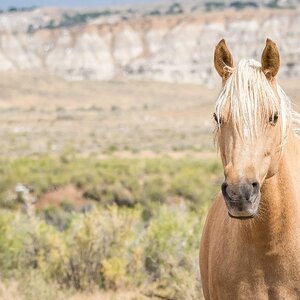Crushy
TPF Noob!
- Joined
- Apr 7, 2009
- Messages
- 29
- Reaction score
- 0
- Location
- New Jersey
- Can others edit my Photos
- Photos OK to edit
Hi everyone, I'm going to begin to set-up my own home studio soon and being very new to off-camera lighting I had a question. Should I start off the bat with two off-camera flashes, or just stick to one for now? I've been reading up on lighting, mainly at Strobist, and I'm understanding the techniques and everything, so I think I could probably handle two seperate light sources, but i'm no expert. Any advice?
Thanks,
Brian
Thanks,
Brian



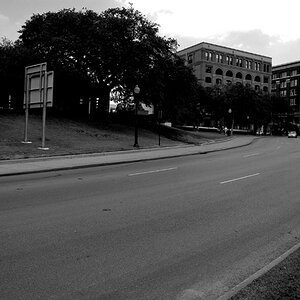
![[No title]](/data/xfmg/thumbnail/36/36100-56ca0f8143ffca369fbf5f3dfe9cabd4.jpg?1619737343)
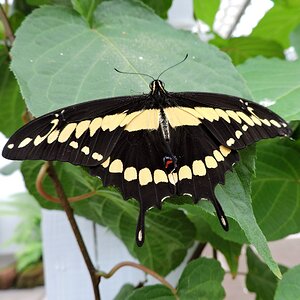
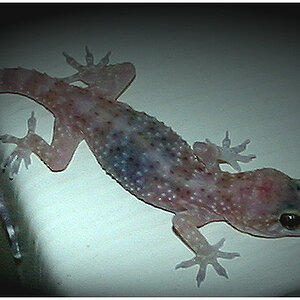
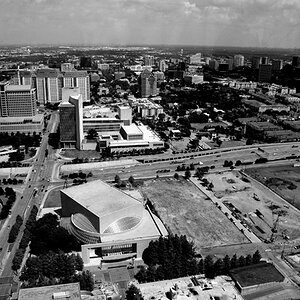
![[No title]](/data/xfmg/thumbnail/39/39438-1eb8b5f82b59d9d0c72ae9025778ed4c.jpg?1619739032)

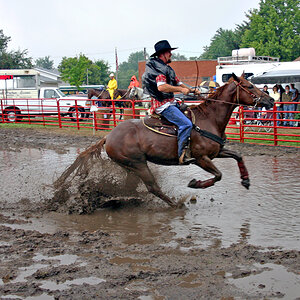
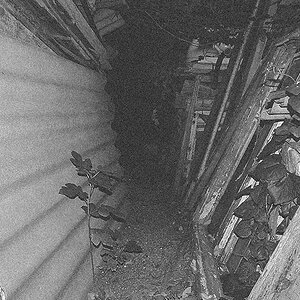
![[No title]](/data/xfmg/thumbnail/38/38734-a0c4ec46a440db881aca3700b0c62879.jpg?1619738703)
![[No title]](/data/xfmg/thumbnail/41/41889-81d59d4994c91e71aaf805b05b133966.jpg?1619739933)
